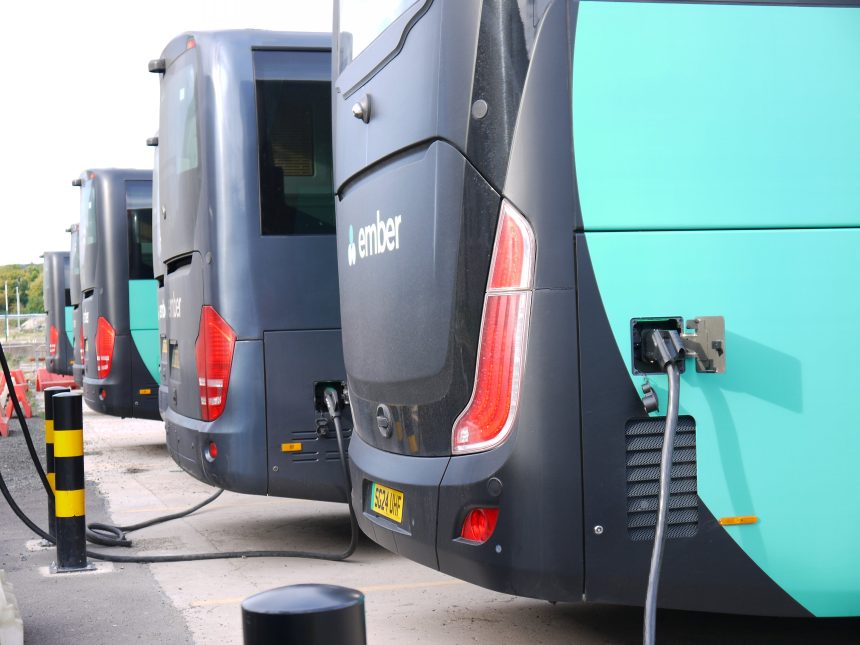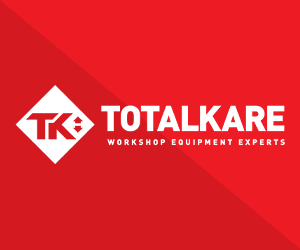As an industry we are by now well accustomed to the language of decarbonisation.
Among the policy signals and good intentions we hear, a standout was Zemo Partnership’s recent call for a firm end-of-sale date for new non-zero-emission coaches, highlighted both in Claire Haigh’s recent routeone column and at her presentation at the UK Coach Operators (UKCOA) Conference.
Those kinds of binding targets are seemingly the obligation put upon the current generation. But they also bring anxiety to many working in the sector.
We have heard the arguments time and again that a diesel coach has a life measured in decades, not years, and that cascaded, older diesel coaches, serving long after their first registration, are the lifeblood of sectors undervalued and financially stretched. As one vehicle dealer recently pointed out, the burden of PSVAR compliance is only the tip of the iceberg there. What happens when that coach supply dries up even further?
There are the manufacturers to consider. We have recently seen two new diesel models introduced to the market. One manufacturer, having re-entered the diesel coach segment, acknowledges this is to “bridge the gap” between now and a zero-emission future — but it clearly sees time and opportunity in that space.
Manufacturers have Europe to consider, where preparations for Euro 7 seem to be well underway. Investment there will inevitably divert funding and attention from alternative propulsion technologies.
What pressure will a UK end-of-sale date place on them? Could buyers turn to diesel purchases from abroad if those vehicles are essential to their operations, or will they extend the life of older diesel vehicles even further, possibly undermining the environmental progress and economic renewal at the heart of the deadline?
Zemo rightly points out that low-carbon fuels can provide an immediate emissions offset in the meantime. But as we heard at the UKCOA conference, conversations around a low-carbon fuel subsidy have, in the past, led nowhere. Will the government be persuaded to revisit this issue when Zemo publishes its roadmap this summer?
While there’s cause for optimism — that same manufacturer that recently re-entered the diesel coach market is also on track for unveiling a hydrogen fuel cell-electric option for coach travel next year — the question facing the industry as battery technology matures is whether it is safer to go ‘all-in’ on one technology or hedge bets across multiple drivetrains. Both still have their challenges, whether it be grid capacity and connections, or, in the case of hydrogen, fuel supply and distribution.
The argument for going all in is clear: Focus accelerates innovation. But that requires any manufacturer or operator to have full confidence that their long-term investment (of potentially millions of pounds) is the right one. Buyers will need reassurance that their choices are being supported in policy, infrastructure, and long-term market stability.
Individually, it seems a difficult ask, but collectively, and with effective governmental action, investments, residual values and the pace at which the transport sector can decarbonise could be safeguarded; hopefully Zemo’s upcoming roadmap will offer a blueprint for how government, manufacturers and operators can move forward together.



























